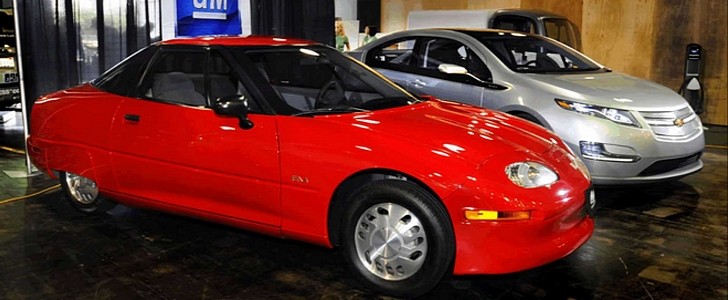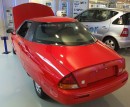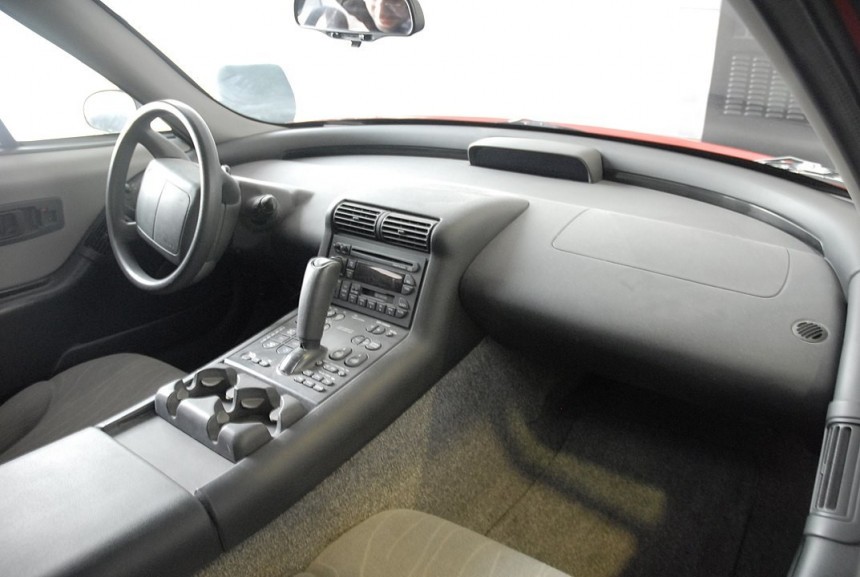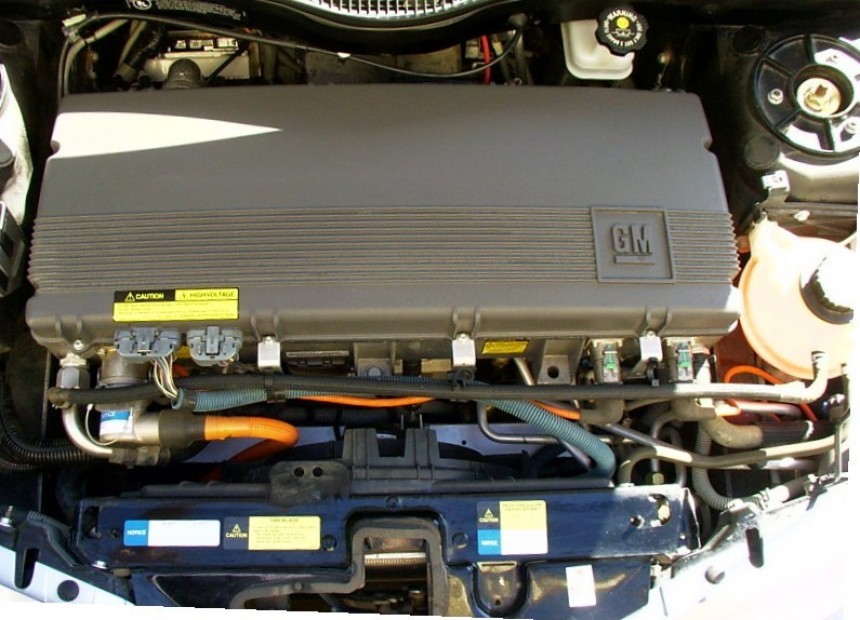GM EV1 was not the first electric vehicle ever to hit the market, but surely its story was controversial enough to make everything else fade into history. With or without controversies, the EV1 was a pioneer of many technologies we take for granted in today’s electric vehicles.
The EV1 is the most famous electric vehicle project of the past century, although it was not the first and it would not be the last. Even in modern times, other EV projects preceded the EV1 efforts. GM started its EV adventure with the Impact Experimental Prototype, an EV concept introduced at the 1990 LA Auto Show. The Impact was received with great enthusiasm, even by the California Air Resource Board (CARB). It was the moment when the CARB was carried away and mandated that all major carmakers that wanted to sell vehicles in California produce a zero-emission vehicle (ZEV).
This was also the moment that potentially doomed the EV1’s future. Had CARB not issued such a mandate, the car industry would’ve likely not fought against this rule. Who knows, maybe the electric vehicles would’ve taken off a lot earlier without the backlash from the car industry. Either way, the EV1 came to market in 1996 under the GM branding and was not made by one of the many brands under GM’s umbrella.
Recounting the EV1’s story is beyond the scope of this article, but we encourage you to read Benny Kirk’s excellent article about the EV1 rise and fall. What we’d like to point out is that GM, despite its failed start in the EV race of today, has made some great strides in the past. Conspiracy theories aside, Rick Wagoner, GM’s CEO at the time of EV1 cancelation, admitted in 2006 that “axing the EV1 electric-car program and not putting the right resources into hybrids” was his worst decision during his tenure at GM.
It was an opinion mirrored by GM’s R&D chief Larry Burns, who said that GM could’ve had the Chevy Volt 10 years earlier “if he could’ve turned back the hands of time.” Two years later, the big recession ensued, with GM needing a bailout to avoid bankruptcy. GM’s failed EV struggle has at least determined Elon Musk start his Tesla venture, as he declared back in 2017. At most, the GM EV1 was the testbed for many technologies that come with today’s electric vehicles.
The EV1 had the energy equivalent of about a half-gallon of gas stored in its 26 lead-acid propulsion batteries. Making ends meet with such a low level of energy storage promoted the development of some clever solutions. Among the most significant advancements that are in use today are the heat-pump HVAC system, low-resistance tires, keyless ignition, drive by wire and brake by wire, and many others.
The heat pump specifically allows an electric vehicle to heat and cool the interior or/and the battery without spending much of the battery. Instead, the system scavenges the ambient heat and amplifies it in a very efficient way. Not all EVs today features a heat pump, but those that do usually offer improved range and efficiency, especially in cold-weather situations.
Regenerative braking is part of almost all vehicles today, but it really shines in electric vehicles, offering increased efficiency by storing the braking energy back into the battery. The GM EV1 featured two set levels for the regenerative braking, selectable by a shift lever button. According to Gary Witzenburg of Car and Driver, who worked on the EV1 project as the manager of the Vehicle Test and Development department at GM’s Advanced Technology Vehicles, the two-level design was chosen because of the legal issues with brake-light activation.
The EV1 also introduced novel concepts (for the time) like the electrohydraulic power steering, electric-defrosting windshield, electric braking, and parking brake, tire-pressure sensing, and the cabin temperature preconditioning that all EVs use today. Other technologies pioneered by the GM EV1 were later incorporated into other products, like the inductive charging system, which is widely used in mobile phones and other gadgets today.
This was also the moment that potentially doomed the EV1’s future. Had CARB not issued such a mandate, the car industry would’ve likely not fought against this rule. Who knows, maybe the electric vehicles would’ve taken off a lot earlier without the backlash from the car industry. Either way, the EV1 came to market in 1996 under the GM branding and was not made by one of the many brands under GM’s umbrella.
Recounting the EV1’s story is beyond the scope of this article, but we encourage you to read Benny Kirk’s excellent article about the EV1 rise and fall. What we’d like to point out is that GM, despite its failed start in the EV race of today, has made some great strides in the past. Conspiracy theories aside, Rick Wagoner, GM’s CEO at the time of EV1 cancelation, admitted in 2006 that “axing the EV1 electric-car program and not putting the right resources into hybrids” was his worst decision during his tenure at GM.
The EV1 had the energy equivalent of about a half-gallon of gas stored in its 26 lead-acid propulsion batteries. Making ends meet with such a low level of energy storage promoted the development of some clever solutions. Among the most significant advancements that are in use today are the heat-pump HVAC system, low-resistance tires, keyless ignition, drive by wire and brake by wire, and many others.
The heat pump specifically allows an electric vehicle to heat and cool the interior or/and the battery without spending much of the battery. Instead, the system scavenges the ambient heat and amplifies it in a very efficient way. Not all EVs today features a heat pump, but those that do usually offer improved range and efficiency, especially in cold-weather situations.
The EV1 also introduced novel concepts (for the time) like the electrohydraulic power steering, electric-defrosting windshield, electric braking, and parking brake, tire-pressure sensing, and the cabin temperature preconditioning that all EVs use today. Other technologies pioneered by the GM EV1 were later incorporated into other products, like the inductive charging system, which is widely used in mobile phones and other gadgets today.

















